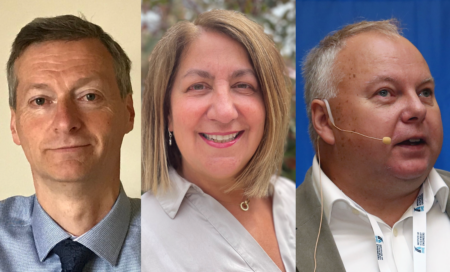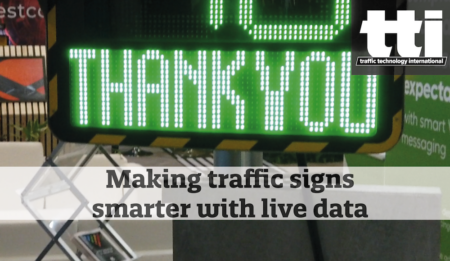The 23rd World Congress for Intelligent Transport Systems got underway in Melbourne today (October 10) with a welcoming message from Australia’s Prime Minister Malcolm Turnbull.
The PM called the event a “landmark” for the ITS community and for Australia, and highlighted how important advanced transportation systems will be for helping to realize ‘smart cities’ which are going to be essential if huge predicted population growth around the world is to be accommodated.
“It’s an honour for Australia to host this event on behalf of the ITS Asia-Pacific region,” said Turnbull. “By 2031 Australia’s population will have grown to more than 30 million people. Like many nations we face significant challenges accommodating this growth in and around our capital cities. Innovation and technology play a critical role in addressing these challenges. Good transport is critical in supporting productive, successful, liveable cities that attract talent, encourage innovation and create jobs and growth. So thank you for bringing this landmark event to Melbourne. I wish you all a very productive and enjoyable World Congress.”
Following Prime Minister Turnbull’s message a host of other distinguished speakers addressed the auditorium, which was packed out with around 2,000 delegates, who created an atmosphere of expectation and excitement.
Brian Negus (above), President of ITS Australia, was pleased to announce that the far-flung location for this year’s event, globally speaking, had not put a dampener on visitor numbers, with around 9,200 already registered before the event had even started. Melbourne’s larger-than-life Lord Mayor Robert Doyle talked about how the pioneering technologies of the ITS community could help to make ‘difficult’ things ‘easy’, and Scott Charlton, CEO of Transurban, spoke about how transportation technology is reaching a ‘tipping point’ where significant benefits will be felt by everyone.
It was a sentiment echoed by Mike Stapleton, from Australia’s Department of Transport and Main Roads, who said “All of us in this room can feel we are at a tipping point,” he said. “Everything we’ve been working toward is now starting to happen. This is not just about technology it’s about people.”
Regina Hopper, president and CEO of ITS America, spoke about “welcoming the new players in ITS,” whom she defined as the telecoms companies that are increasingly finding they are providing services for transportation.
Punctuating the technical presentations were cultural interludes. The event was opened with a traditional aboriginal smoke ceremony complete with digeridoo player and at the halfway point a children’s choir took to the stage, with the close marked by Laser Man, an illusionist who appeared to be able to ‘pick up’ lasers and wave them around like swords.
But no amount of smoke and mirrors could take the glory away from this year’s winners of ITS Lifetime Achievement Awards, who were announced as proceedings drew to a close: Professor Eric Samspon of Newcastle University; Kirk Steudle, director of Michigan DOT; and Dr Hiroyuki Watanabe, former chairman, ITS Japan.




